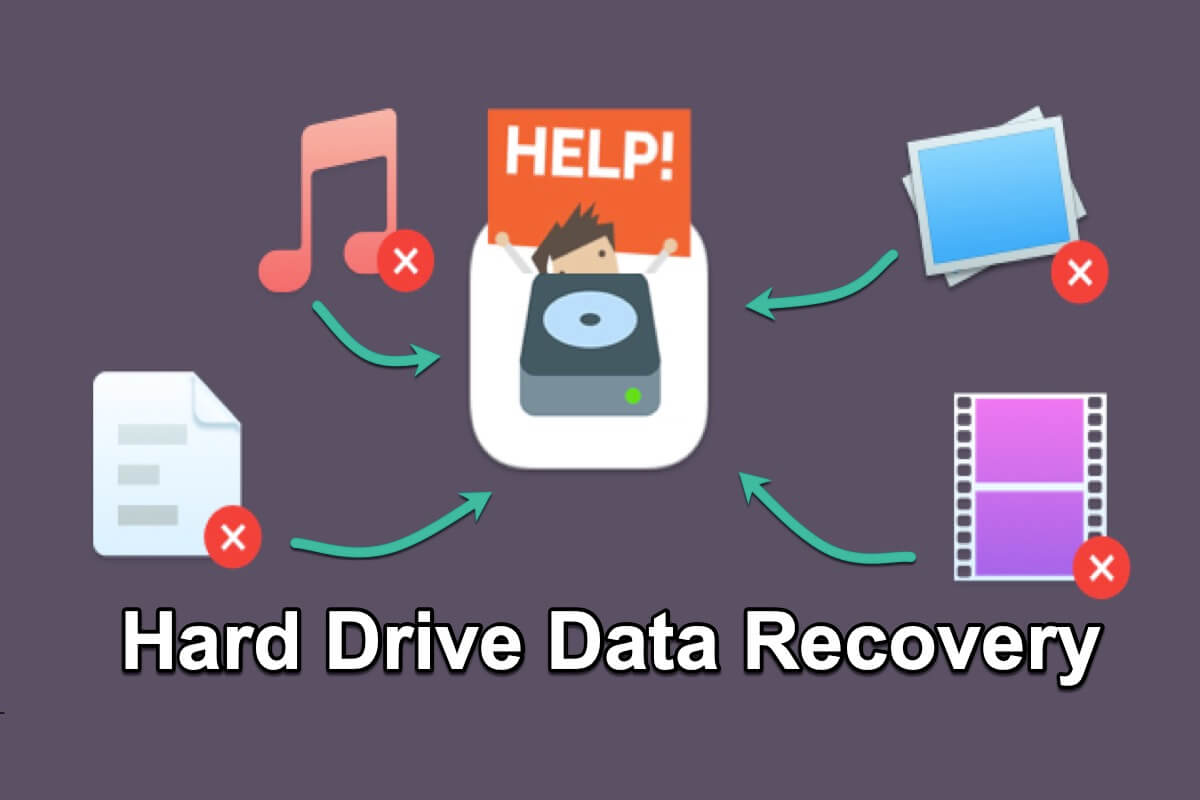Concrete Is the Best Approach to Creating Rainwater Harvesting Systems
 Rainwater harvesting systems are nothing new; for centuries mankind has been using rainwater for his own purposes. Some of the techniques have changed, but the basic concept is still very easy: accumulate the rainwater and store it and filter it for future use. Rainwater is commonly used as free drinking water (not subject to tax!), irrigation purposes, toilet water, laundry water, gardening water and car washing water. For a variety of reasons, rainwater might be the only type of water available.
Rainwater harvesting systems are nothing new; for centuries mankind has been using rainwater for his own purposes. Some of the techniques have changed, but the basic concept is still very easy: accumulate the rainwater and store it and filter it for future use. Rainwater is commonly used as free drinking water (not subject to tax!), irrigation purposes, toilet water, laundry water, gardening water and car washing water. For a variety of reasons, rainwater might be the only type of water available.
Rainwater is not only collected from the sky, but also from rooftops, tents, and even areas of the ground. Did you know that rooftop rain water doesn’t even require that much filtering for everyday non-drinking purposes?
Many people choose to create rainwater systems out of cheap and plentiful materials. The rate at which water can be accumulated depends on the plan area of the harvesting system, as well as the efficiency of it. Naturally, the rate of rainfall also plays an important part in determining this “rain profit.” Commercial harvesting systems obviously bring in the most rainwater while also reducing the demands on the mains network. These systems can also help to reduce floodwater damage.
Concrete is one of the best materials to use for harvesting systems. Concrete is highly durable and very strong, and is fully capable of keeping all rainwater contained in a basin. Furthermore, these harvesting systems allow for the conservation of “mains” water supplies and for cost-effective use of a natural resource. Yes, concrete (made of water, aggregate and cement) is one of the most plentiful materials on earth. This makes concrete environmentally friendly.
These systems also offer fast installation, low maintenance and full cooperation with SUDS (Sustainable Urban Drainage Systems) directives. How do people like the actual units used for rain conservation? Most businesses and land owners are completely satisfied, as designs are unobtrusive, and the filtered rainwater tends to be softer than average. All water collected is chlorine free, making it ideal for most water uses.
Some of the best rainwater harvesting systems are insured for upwards of one hundred years. (Speaking of the concrete tank) What are other features to look for? Top up systems are also advantageous, as they allow additional water to be added to the tank directly. The average household can save up to 50 liters a day using these systems. Why not consider rainwater systems today?








